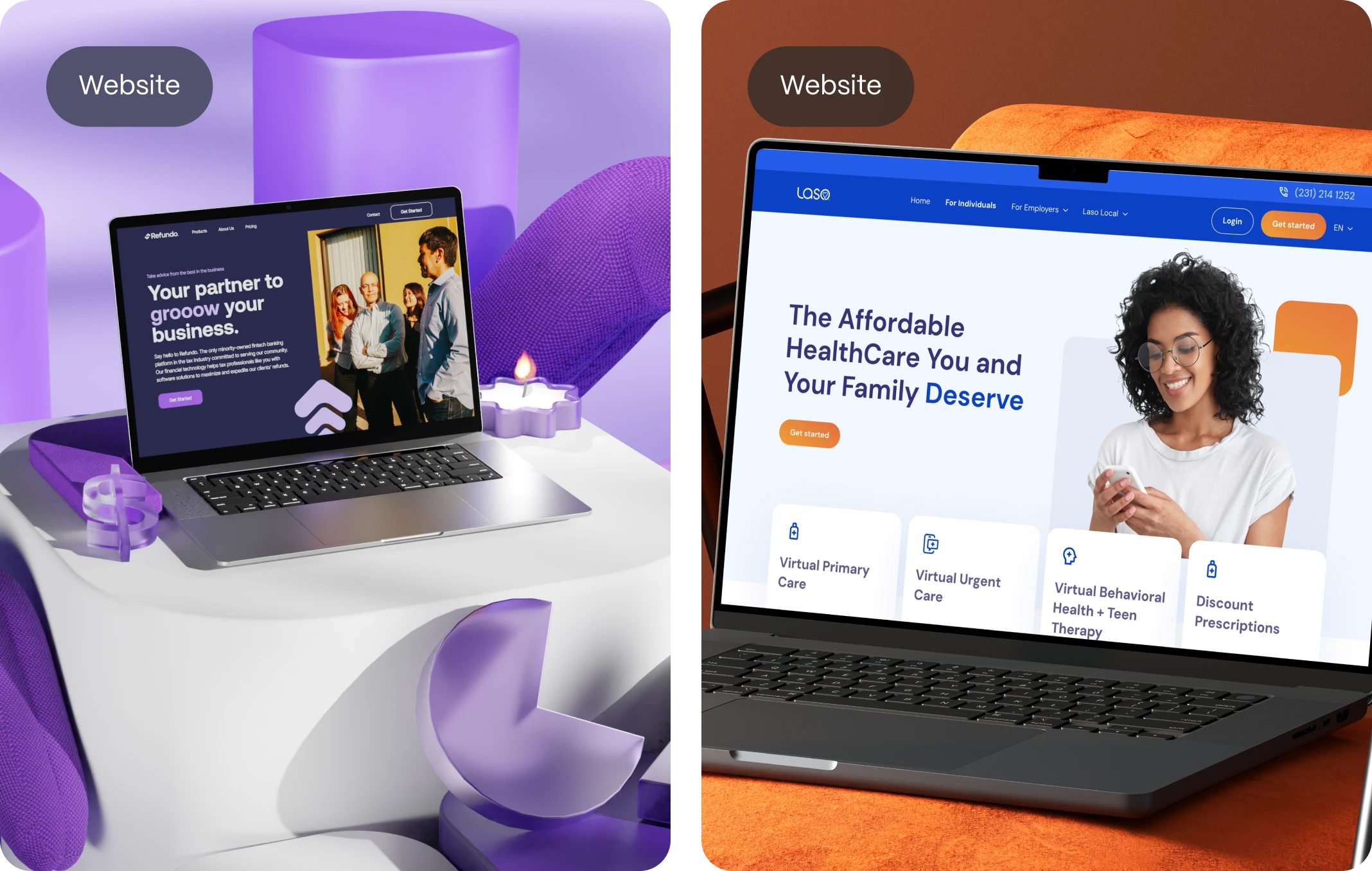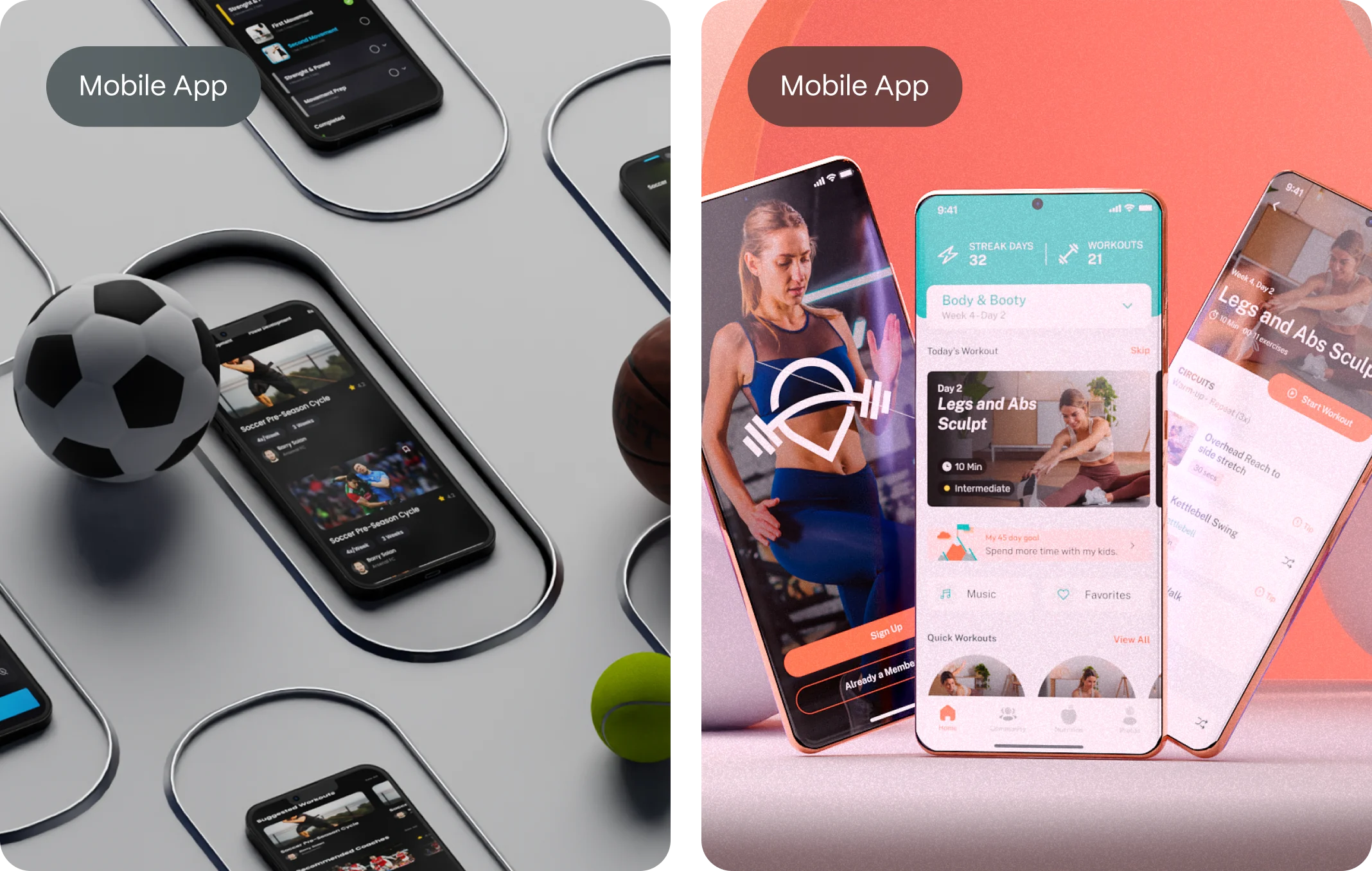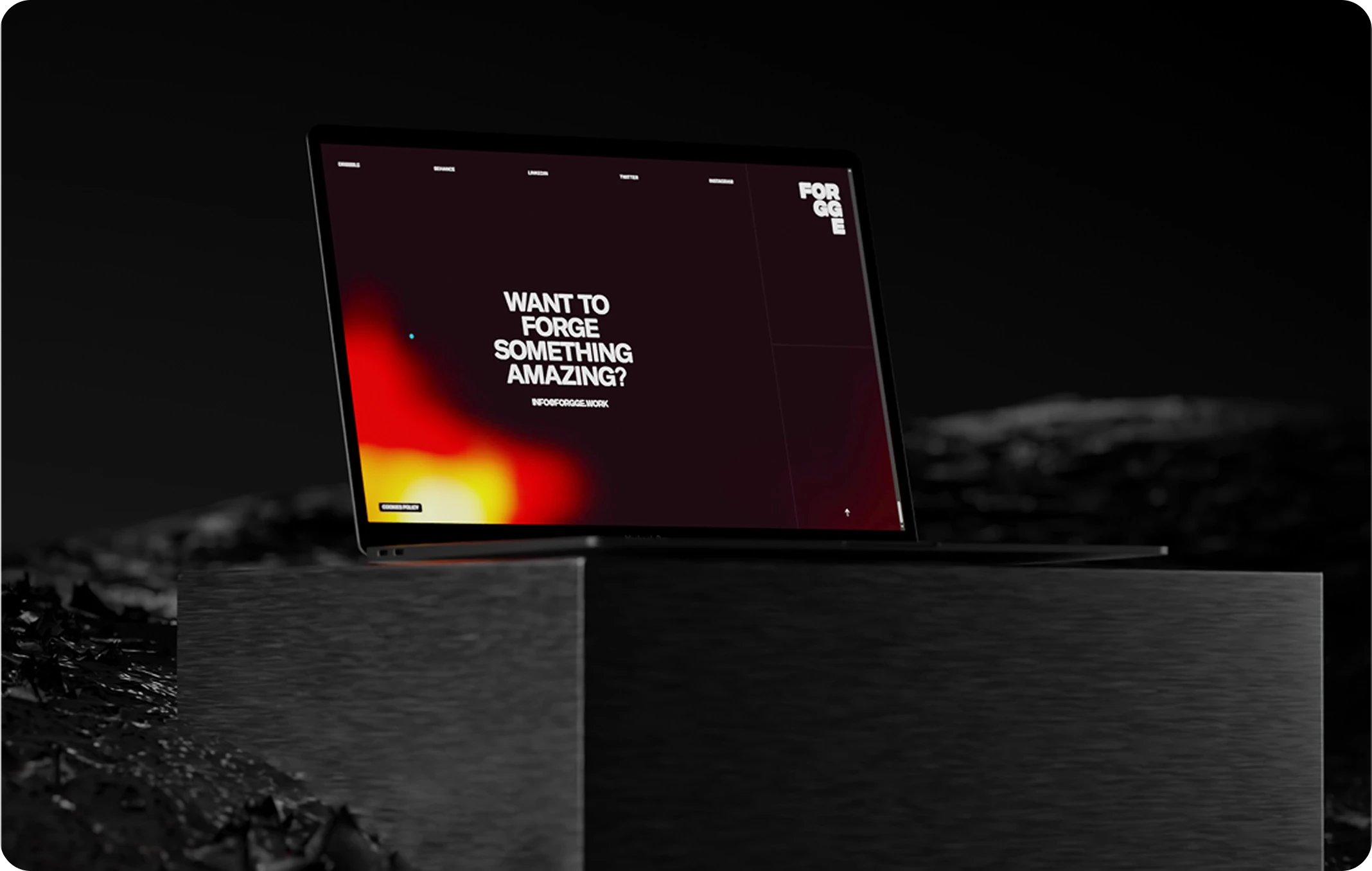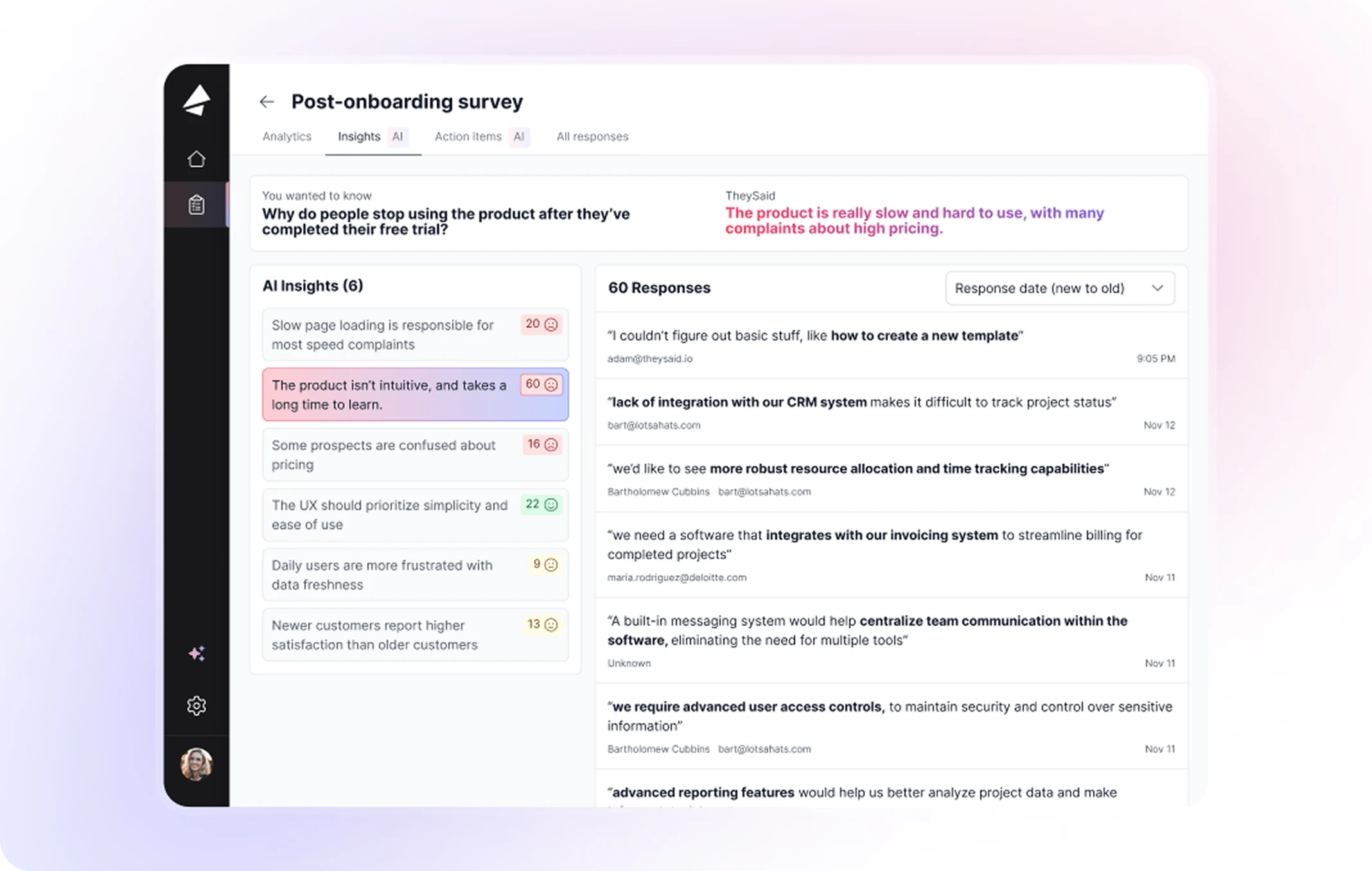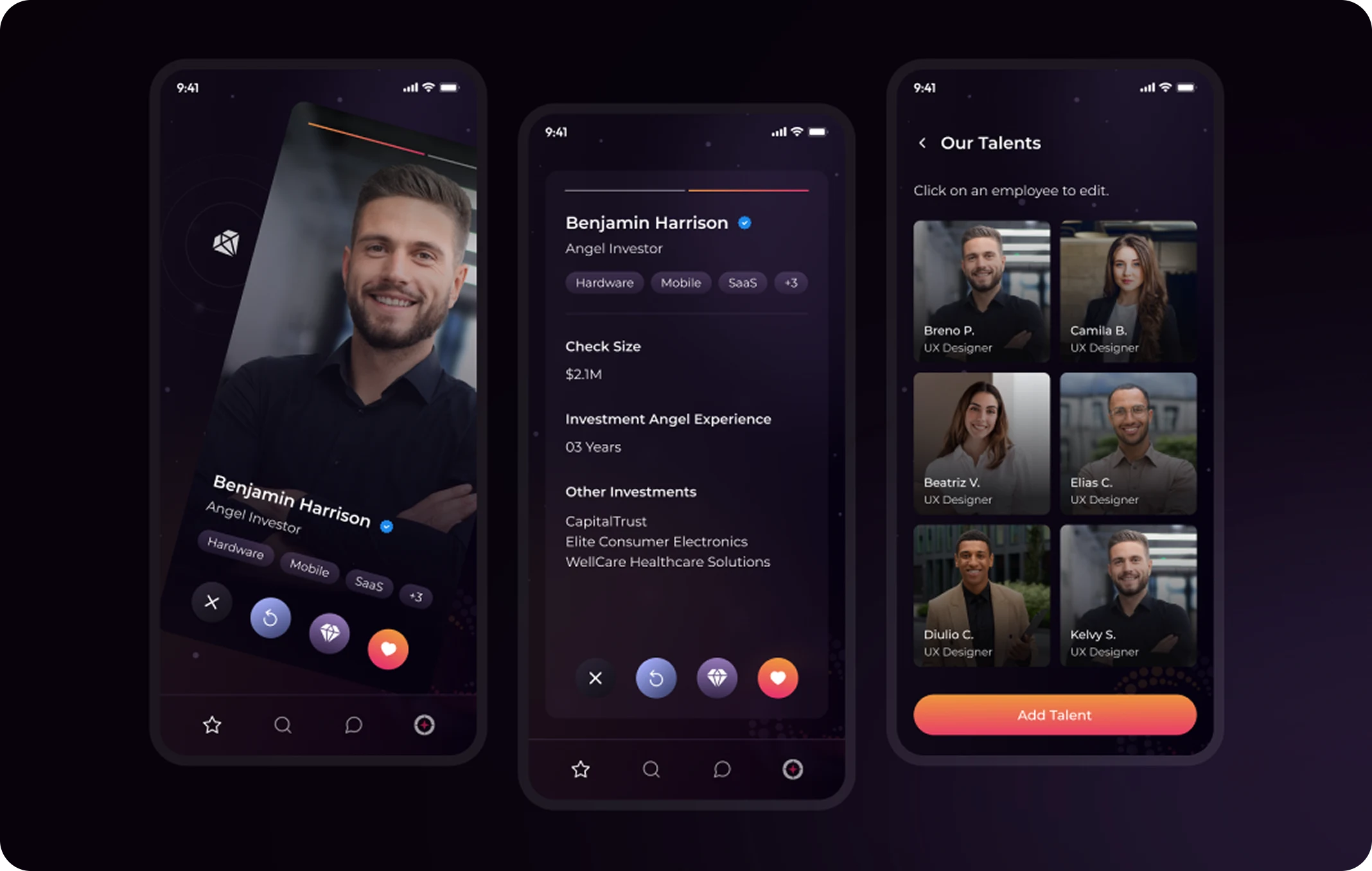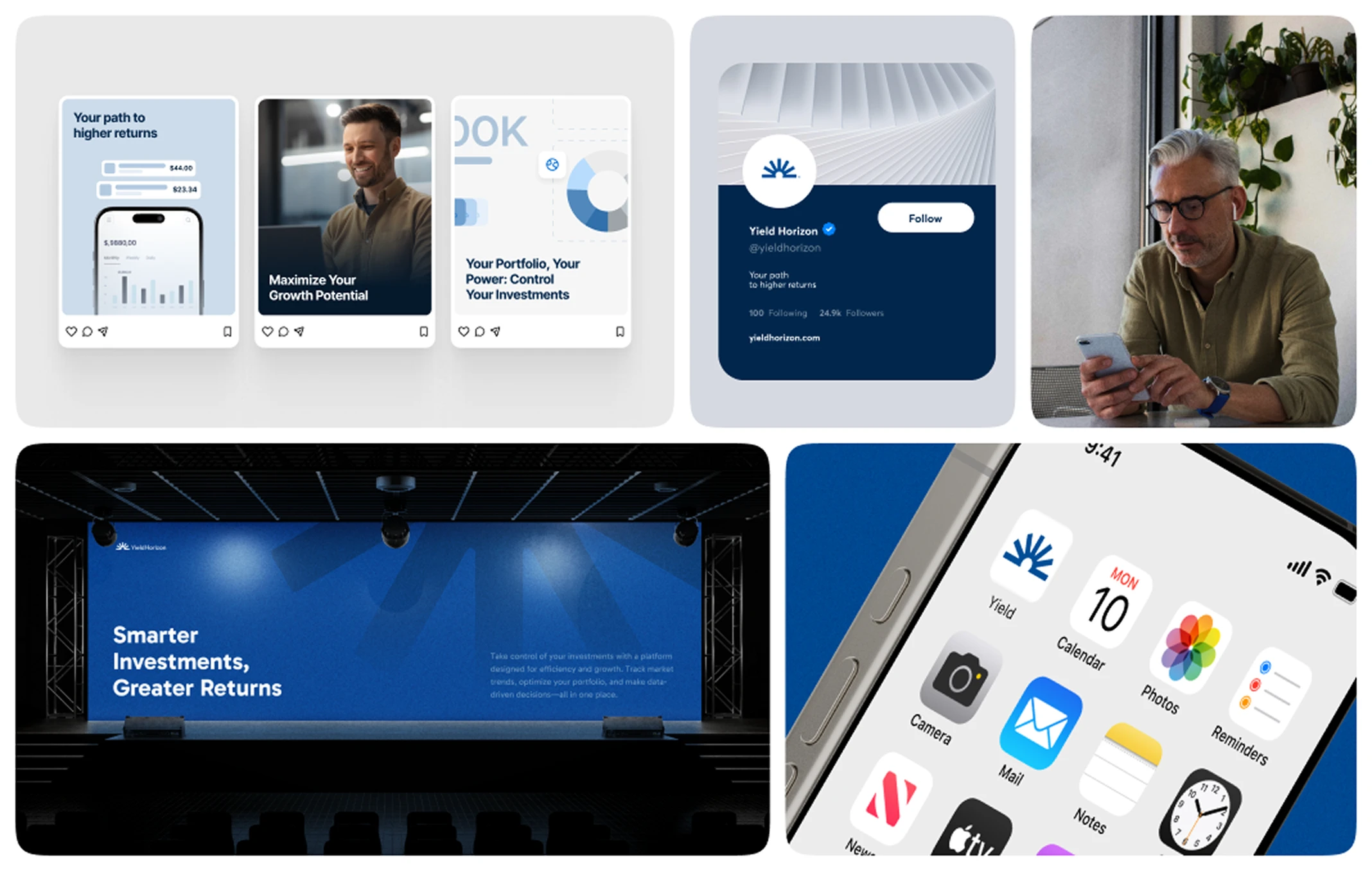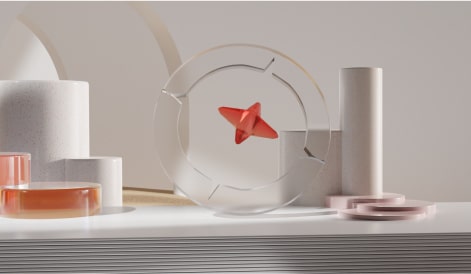The emergence of Web3.0 has fundamentally shifted how we conceptualize online interactions. With blockchain, decentralized protocols, smart contracts, and token economies reshaping digital infrastructure, the way people engage with technology is undergoing a paradigm shift. But despite its disruptive potential, widespread crypto adoption still faces one significant barrier: usability.
For most users, blockchain-based platforms remain confusing, technical, and difficult to trust. Wallets, seed phrases, gas fees, and DAO voting are concepts that feel foreign or intimidating to anyone not deeply embedded in crypto culture. That’s where design becomes a critical catalyst.
At the heart of mass adoption lies user experience. The next wave of successful Web3 startups will not only offer innovative solutions but also create human-centered experiences that inspire confidence and reduce friction. Design becomes the bridge between technical possibility and emotional trust.
In this article, we explore how design principles tailored for Web3.0 products enhance usability, strengthen credibility, and facilitate onboarding for both crypto natives and mainstream users. We’ll examine what makes Web3 UX different from Web2, how to design intuitive blockchain interfaces, and why trust begins with pixels and interactions—not code.
Understanding Web 3.0 — More Than Just Technology
Web3.0 refers to the third era of the internet, where decentralized protocols replace centralized intermediaries, giving users ownership over data, identity, and digital assets. Unlike Web2 platforms controlled by corporations, Web3 is built on blockchain technology, where governance is distributed and transactions are trustless but verifiable.
This shift enables permissionless finance (DeFi), decentralized social networks, on-chain credentials, and autonomous organizations (DAOs). It also unlocks the ability to build open ecosystems where users not only consume but participate, govern, and earn.
But with great power comes complexity. As Web3 ecosystems grow, so do the design challenges. Traditional UX paradigms cannot simply be copied and pasted into decentralized systems. Users are now responsible for their private keys, assets exist across chains, and actions often involve irreversible transactions. The stakes are higher, and design must reflect that reality. Startups looking to stay ahead can explore UX design trends for 2024 to adapt their strategies.
Why Web 3.0 Needs a New Design Paradigm
Most early Web3 products were built by developers for developers. Usability was secondary to functionality, and visual design often felt like an afterthought. But as crypto enters mainstream consciousness, the need for accessible, intuitive interfaces has become non-negotiable.
Web3 design requires rethinking how users:
- Understand value (tokens, NFTs, governance rights)
- Manage security (wallets, private keys, two-factor authentication)
- Navigate ecosystems (cross-chain apps, bridges, wallets, marketplaces)
- Interact with unfamiliar concepts (staking, yield farming, liquidity pools)
Traditional user flows—login, payment, support—do not map neatly onto decentralized platforms. There are no centralized customer service teams, password resets, or dispute resolution systems. The design must educate users, guide them through risk, and support autonomy without overwhelming them.
This complexity demands a new design framework that blends UX/UI principles with education, transparency, and contextual trust. For startups considering design approaches, understanding the difference between UI vs. UX design is crucial.
The Role of Trust in Decentralized Interfaces
Trust is the cornerstone of user adoption. In Web2, trust is established through brand familiarity, centralized support systems, and third-party guarantees. In Web3, trust shifts from institutions to systems. Users must believe in the underlying code, governance structure, and integrity of the platform.
Design becomes the primary interface for that belief.
Good Web3 design does not assume blind trust. Instead, it invites informed participation. Clear visual language, transparent permissions, informative warnings, and guided flows reduce user anxiety and build confidence.
For example:
- Wallet connections should include a visual overview of what permissions are being granted.
- Transaction confirmations must present gas fees, network information, and token movements in an understandable format.
- Governance participation should clearly explain the consequences of a vote or proposal.
Design also reinforces trust through tone. Interfaces that feel stable, considered, and consistent signal maturity. Responsive feedback, clean animations, and smooth transitions suggest technical reliability. Typography and color usage influence how users interpret risk and safety.
Designing Wallet Experiences
The crypto wallet is the entry point to most Web3.0 ecosystems. It holds assets, connects to dApps, and acts as the user’s identity. Yet for many newcomers, wallet UX remains one of the steepest hurdles.
Designing better wallet experiences involves:
- Onboarding without jargon: Seed phrase explanations should be visual, not cryptic. Backup flows must be respectful of the user’s level of technical understanding.
- Transaction clarity: Every transaction should be accompanied by clear context—what’s happening, which token is moving, how much gas is required, and why.
- Multi-chain management: Users increasingly interact with assets across multiple blockchains. Design must simplify chain switching and minimize fragmentation.
- Security UX: Reassuring users through passive security features (biometrics, 2FA, recovery mechanisms) without interrupting usability.
Wallet interfaces must prioritize accessibility and education. A wallet that guides users through complexity—without infantilizing or overwhelming them—becomes a gateway to the entire decentralized web.
Designing for DAOs and Token-Based Governance
Decentralized Autonomous Organizations (DAOs) represent a new model of collective ownership and decision-making. They allow communities to vote on proposals, distribute resources, and govern protocols. But DAO design still lags behind in terms of usability.
To improve engagement and participation, designers must focus on:
- Clarity of purpose: Each DAO interface should explain its mission, current proposals, treasury state, and voting power.
- Voting UX: Users should see how their vote impacts outcomes, preview the effects of a proposal, and understand quorum requirements.
- Transparency in treasury: Visualizations of treasury funds, spending history, and budgeting timelines promote accountability.
- Onboarding and role clarity: Clear pathways for new members to contribute, earn tokens, and assume governance roles reduce passivity and boost collective action.
DAO design should make participation feel meaningful, not bureaucratic. Simple dashboards, real-time updates, and open documentation are key to turning token holders into active stakeholders.
Building UX Patterns for Onboarding and Education
One of Web3’s biggest weaknesses is that it assumes too much prior knowledge. Users are often expected to understand cryptographic terminology, financial mechanisms, and risk factors with little context. This is where UX patterns focused on onboarding and education become critical.
Designers can create safer and more engaging user journeys by:
- Embedding micro-education: Inline tooltips, progress-based explanations, and contextual alerts build literacy without interrupting flow.
- Using progressive disclosure: Start simple, and reveal complexity only when users seek it or need it.
- Offering simulation environments: Allow users to “practice” actions like staking or swapping without real assets.
- Designing for mental models: Use familiar metaphors (vaults, wallets, bridges) and intuitive navigation patterns.
Startups that invest in onboarding design convert more users, reduce support costs, and build longer-lasting trust.
Visual Identity and Branding in Web3
In a decentralized world, a cohesive brand presence becomes even more valuable. Logos, typography, iconography, and motion design must convey credibility, innovation, and clarity. Visual identity is often the first signal users receive about a protocol’s integrity or maturity.
Strong branding in Web3 helps:
- Differentiate a project in a crowded market
- Create a sense of community belonging
- Establish recognition across wallets, exchanges, and aggregators
- Reinforce values such as openness, transparency, and innovation
Projects like Uniswap, Ethereum, and Aave have successfully built visual brands that transcend individual applications. Their design systems are flexible yet consistent, rooted in abstraction yet instantly recognizable. For emerging startups, investing in a strong design language from day one creates a durable competitive advantage.
Accessibility and Inclusivity in Decentralized Design
Web3 aspires to global inclusion—but that promise is meaningless without accessibility. Interfaces that exclude non-technical users, people with disabilities, or those in low-bandwidth environments contradict the spirit of decentralization.
Inclusive Web3 design includes:
- Adherence to WCAG standards
- Keyboard navigation and screen reader support
- Localization and multilingual interfaces
- Color contrast, scalable typography, and readable UI elements
- Responsive design that works across devices and regions
Designing for accessibility is not a constraint—it is a creative challenge. It leads to clearer interfaces, more thoughtful content hierarchy, and broader adoption. To ensure your site is accessible, consider these accessibility UX design principles.
Cross-Platform and Multi-Chain Design Challenges
The fragmentation of blockchain ecosystems introduces a new set of design challenges. Users often need to navigate between Ethereum, Solana, Arbitrum, or Cosmos with different wallets, gas mechanisms, and UI behaviors. Cross-platform design must harmonize these differences.
To create consistency across platforms:
- Use standardized icons, terminology, and action flows
- Integrate network indicators and switching controls seamlessly
- Build modular UI components that adapt to different data sources
- Design error states that anticipate cross-chain failure points
The ultimate goal is to create interfaces where the underlying protocol complexity is abstracted—so that users can focus on their goals, not the mechanics of reaching them. Consider why cross-platform design is essential for reaching a wider audience.
FAQ – Web3 Design and Adoption
What is Web 3.0?
Web3.0 is the next generation of the internet built on decentralized protocols like blockchain. It empowers users with ownership of data, identity, and digital assets.
How does design impact crypto adoption?
Thoughtful design reduces friction, clarifies complex concepts, and builds trust. It is essential for onboarding new users and making blockchain technology accessible.
Why is Web3 UX different from Web2?
Web3 involves concepts like self-custody, gas fees, and on-chain identity, which require new interaction models and trust mechanisms not found in traditional applications.
What are the biggest challenges in Web3 design?
Onboarding complexity, security clarity, cross-chain fragmentation, and lack of standardized UX patterns are some of the major hurdles in Web3 design.
How can startups improve Web3 UX?
By investing in education-first design, using visual clarity, designing progressive onboarding flows, and creating strong brand identities grounded in user-centered design.

